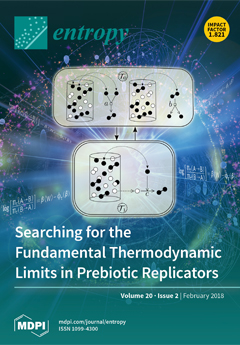In this work, the influences of the Thomson effect and the geometry of the p-type segmented leg on the performance of a segmented thermoelectric microcooler (STEMC) were examined. The effects of geometry and the material configuration of the p-type segmented leg on the cooling power (
) and coefficient of performance (
) were investigated. The influence of the cross-sectional area ratio of the two joined segments on the device performance was also evaluated. We analyzed a one-dimensional p-type segmented leg model composed of two different semiconductor materials,
and
. Considering the three most common p-type leg geometries, we studied both single-material systems (using the same material for both segments) and segmented systems (using different materials for each segment). The
,
and temperature profile were evaluated for each of the modeled geometric configurations under a fixed temperature gradient of
T = 30 K. The performances of the STEMC were evaluated using two models, namely the constant-properties material (CPM) and temperature-dependent properties material (TDPM) models, considering the thermal conductivity (
), electrical conductivity (
) and Seebeck coefficient (
). We considered the influence of the Thomson effect on
and
using the TDPM model. The results revealed the optimal material configurations for use in each segment of the p-type leg. According to the proposed geometric models, the optimal leg geometry and electrical current for maximum performance were determined. After consideration of the Thomson effect, the STEMC system was found to deliver a maximum cooling power that was
higher than that of the single-material system. The results showed that the inverse system (where the material with a higher Seebeck coefficient is used for the first segment) delivered a higher performance than the direct system, with improvements in the
and
of
and
, respectively. Finally, analysis of the relationship between the areas of the STEMC segments demonstrated that increasing the cross-sectional area in the second segment led to improvements in the
and
of
and
, respectively.
Full article






